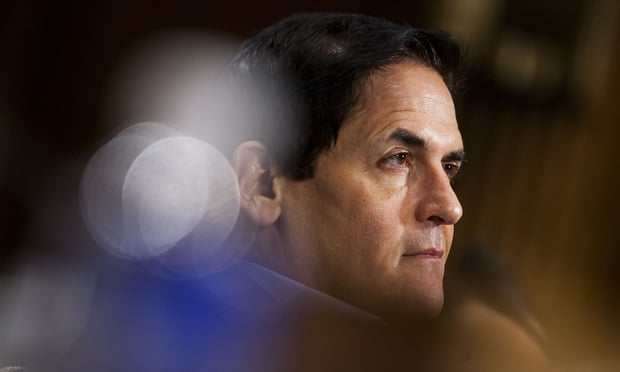Health insurance retailers are a few weeks into the "special enrollment period" season in most of the country, but the size of the SEP market still seems hazy.
Many states extended their open enrollment periods for individual commercial health coverage to mid-April, or the end of April.
Issues have cropped up in some places. For example, the Nevada exchange is trying to make up for problems with its online and telephone-based enrollment systems to keeping the doors open until the end of this month.
Recommended For You
Most of the exchange plan selection and paid enrollment reports now dribbling out reflect ordinary open enrollment period and open enrollment extension period application activity, not SEP activity.
Charles Gaba, a Patient Protection and Affordable Care Act supporter who has developed the widely watched ACASignups.net blog, is estimating that the exchanges had received qualified health plan selection information for 8.14 million people as of May 4, and that insurers have sold QHPs to at least 5 million people outside the public exchange system.
Consumers can still buy coverage if they go through a qualifying life event, such as marriage, having a baby or loss of other coverage.
Consumers can also get access to coverage if they have — or can convince exchange representatives that they have — experienced "exceptional circumstances" such as problems with bad brokers or exchange navigators.
Managers of HealthCare.gov, the enrollment website for the PPACA public exchanges run by the U.S. Department of Health and Human Services, have replaced the "open enrollment" front page with a page declaring, "Open enrollment is over for 2014. See if you can still get coverage."
HealthPocket, a commercial lead generation site, and eHealthInsurance.com, now put Medicare insurance first, not ordinary major medical insurance. Like HealthCare.gov, they quickly get consumers to a page that spells out the reasons consumers can use to qualify for SEPs.
Traditional agents and brokers who participate in online forums are talking about supplementing SEP sales with sales of short-term medical insurance and supplemental health insurance products, such as accident insurance policies, and some are trying to draw consumers' attention to little-known quirks in the SEP rules, such as the rules that apply to workers who are losing group health coverage.
Caroline Pearson of Avalere Health is estimating that the exchange QHP issuers will actually end up with about 6.8 million paid enrollees coming in through the open enrollment process.
She says the District of Columbia, Hawaii and New York will have about half as many enrollees as she projected, based on the number of moderate-income uninsured people living in those jurisdictions, and the top-performers — California, Florida and Idaho — will have about twice as many enrollees as she projected.
Exchange watchers have been using the Pearson figures as an indicator of exchange performance, but weak numbers for exchange performance could turn out to be a positive indicator for how strong pent-up demand for SEP coverage will be this spring and summer.
Right now, FreeWebSubmission.com shows that the term "special enrollment period" has a low level of popularity, suggesting that consumers are not yet familiar with the concept.
HHS has proposed starting the open enrollment period for 2015 coverage Nov. 15.
© 2025 ALM Global, LLC, All Rights Reserved. Request academic re-use from www.copyright.com. All other uses, submit a request to [email protected]. For more information visit Asset & Logo Licensing.







